The moment one mentions New Zealand, one thinks of a healing environment surrounded by blue grass fields and breathtaking mountain ranges. For a Sri Lankan, New Zealand is well remembered for several reasons. The world’s best milk powder, New Zealand cricket and rugby are not only produced in New Zealand, but also television programs like Robinson Andaria and William Tell, which we enjoyed as children. Apart from this, many Sri Lankans not only go to New Zealand for educational and professional reasons but also immigrate to it permanently.
There are many beautiful things that can be experienced by a tourist who lands in New Zealand, an island nation located in the Pacific Ocean belonging to the Oceanian continent. There are many places where you can enjoy the natural beauty and history. We decided to present you some facts about the beauty of New Zealand because there are many lovers of New Zealand and its natural beauty living in Sri Lanka.
Location of New Zealand
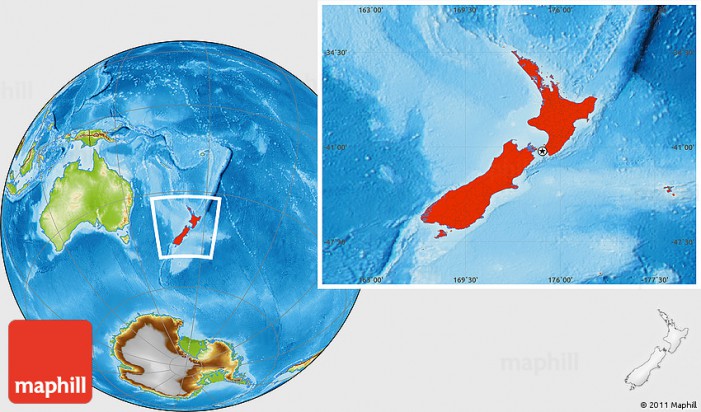
New Zealand is located in the South Pacific Ocean, about 1600 km southeast of Australia. Wellington, the capital of New Zealand, and Auckland, the largest city, are both located in the North Island, which is made up of 2 main islands in the north and south, and many other small islands.
Inheriting a territory of 267,710 square kilometers in size, 4,718,905 people live in New Zealand and its population density is as low as 18 per square kilometer. New Zealand is famous for its dairy industry and has more cows than people.
Geographical and climatic conditions
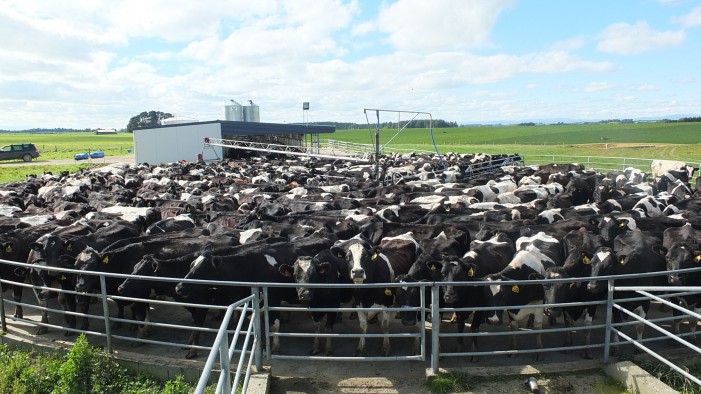
New Zealand inherits a land of extreme topography. Volcanoes, caves, snow-capped peaks of the Southern Alps, glaciers, lakes and long coastlines are dotted with lush forest cover. Many animal and bird species live here, including New Zealand’s national animal, the kiwi.
New Zealand is located south of the Tropic of Capricorn at 37 – 47 south latitude, so it has a predominantly temperate climate. The northern part of the country has a subtropical climate in summer, while the alpine regions of the southern island experience temperatures as low as -10°C in winter. New Zealand has a good balance of sunshine and rain almost all year round.
Being located in the Southern Hemisphere, the average ambient temperature decreases towards the south of New Zealand and the South Island shows mostly temperate characteristics. Seasons can be clearly seen here and the mind-blowing spring from September to November, the bright summer from December to February, the golden autumn from March to May, and the snowy winter from June to August.
History
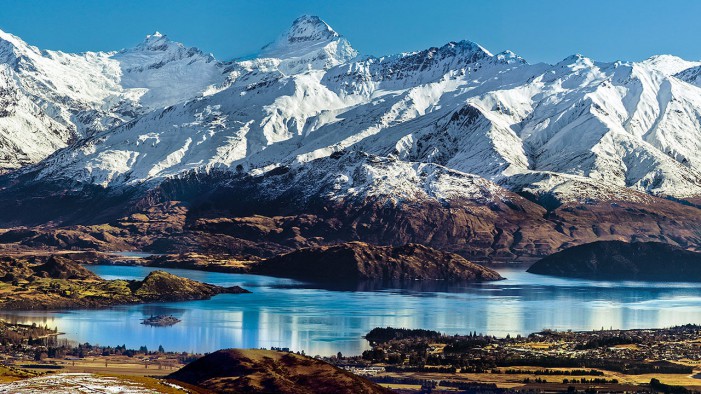
According to the written history of New Zealand, between 1200-1300 AD, the Maoris came here and established settlements first. The first European to come to New Zealand was the Dutch explorer Abel Tasman who came here in 1642. With the landing of Captain James Cook in 1769 AD, the Europeans slowly started to come to this island nation, which was popular among Europeans, and in 1840 AD, with the Treaty of Waitangi made with the Maori, the governing power of this island was transferred to the British Crown.
By the middle of the 19th century, more and more Europeans immigrated to New Zealand due to the discovery of gold deposits and the development of the dairy industry. This state, which gained Dominion independence from the British Crown in 1907 and parliamentary powers in 1947, became the first country in the world to grant women the right to vote in 1893.
ethnicities
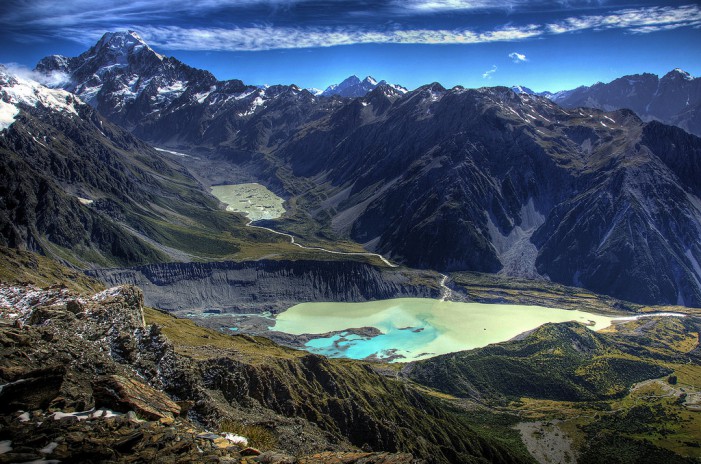
New Zealand can be recognized as a multi-ethnic country. According to the 2013 AD census, 71.2% are white Europeans, 14.1% are native Maori people, and 11.3% are Asians.
About 7.6% have migrated here from other Pacific islands and nearly 10,000 Sri Lankans also live here. That’s about 0.2% of New Zealand’s total population. English can be recognized as the most widely used language in New Zealand, besides Maori, Samoan and Hindi languages are also used.
New Zealand under-19 cricketer Rakitha Weerasundara is a Sri Lankan with New Zealand citizenship (espncricinfo.com).
There are many places that a visitor to New Zealand can visit. Only a few of them are described below.
Mount Cook National Park
About 40% of Mount Cook National Park, located in the middle of the Southern Alps in the South Island of New Zealand, is covered by glaciers and Mount Cook, New Zealand’s highest peak. This peak is also known as Aoraki and the Tasman Glacier is a beautiful sight to see here.
Edmond Hillary, a New Zealander, did his initial training for climbing Everest, the world’s highest peak, here. More than 300 types of alpine vines and about 40 types of birds are found in this area, which is rich in biodiversity. Tourists visiting the village of Mount Cook at its base can enjoy snow sports, hunting,Facilities are available for things like giving guides for walks.
Two of the world’s most accessible glaciers, the Franz Josef and Fox Glaciers, are located in the Westland Ty Portini National Park on the South Island of New Zealand. Tourists are able to easily see these flowing from the Southern Alps like an ice stream when they reach the sea border with a temperate climate.
Walking tours or even helicopter rides can be arranged to see it well.
Fiordland National Park and Milford Sound
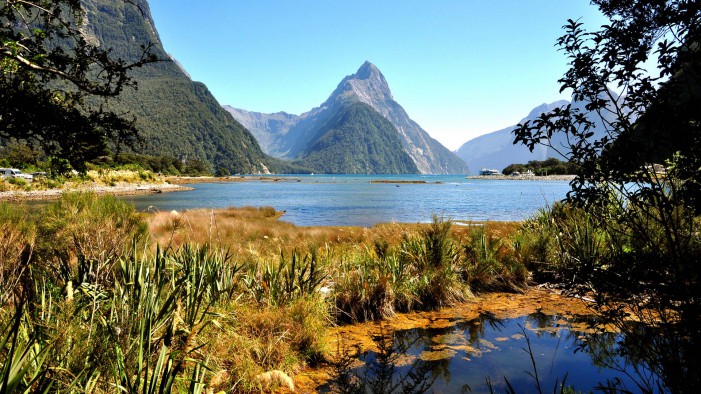
A World Heritage Site, Fiordland National Park is one of New Zealand’s most breathtaking places. The unique topographical features here have turned the area into a wonderland.
Here, a traveler will find rainforests, lakes, and mountain ranges and go on unforgettable treks. The Parasindu Milford Track is located here. The hills near the coast have added to the beauty of this place.
Lake Taupo and Tongariro National Park
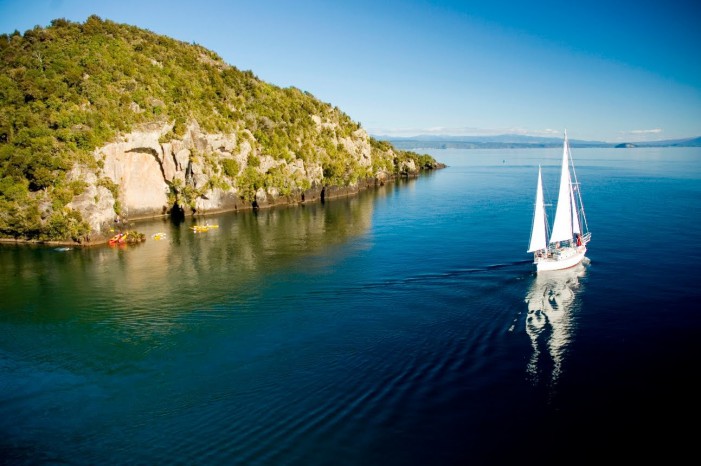
Located in the center of New Zealand’s North Island, Taupo Lake, the largest lake in New Zealand, and the nearby Tongariro National Park are two places that have won tourist attraction. Tongariro National Park is unique due to its volcanic environmental features and cultural importance to Maori.
Tongariro National Park is considered to be one of the oldest national parks in the world. The volcanic peaks, lakes, semi-arid features and hot springs that can be seen here are very special. The ‘Tongariro Alpine Crossing’ footpath located here is famous among New Zealanders.
GreatSights New Zealand

Rotorua, located on New Zealand’s mainland, is known to have the highest geothermal heat in the world, corresponding to the Pacific Ring of Fire. Smoldering mud pits, yamahal dwaras, hot springs etc. can be seen throughout this area.
In addition, a visitor to this area can also learn about the local history and culture of the majestic Maori people. People from all over come here to play various sports.
Waiheke Island
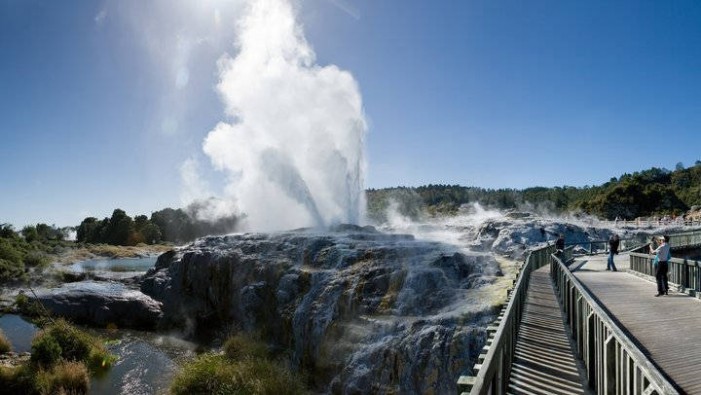
Waiheke Island is a 45-minute boat ride from Auckland. Palm trees and white sandy beaches make you feel as if you have reached a Hawaiian island. This island isn’t just perfect for mind-blowing scenery; The best wines from New Zealand are also produced here.
Mount Maunganui
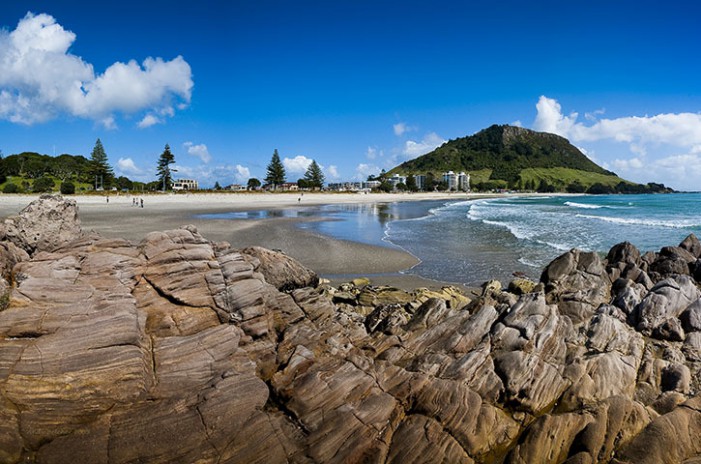

Mount Maunganui is considered one of New Zealand’s most beautiful beaches. There is a strong tourist attraction because this beach with soft winds and soft water is like a paradise. The specialty of this place is that there is a peninsula like a high hill formed near the coast.



